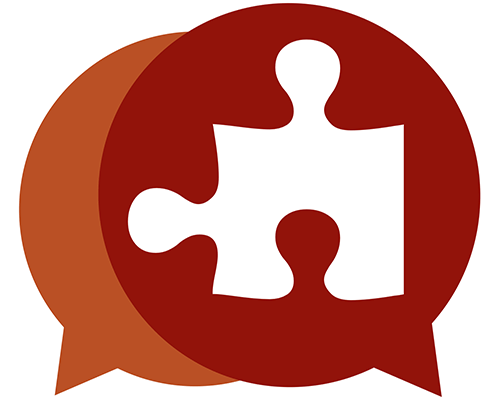30 Thinking Critically About Sources

This section teaches how to identify relevant and credible sources that you have most likely turned up on the Web and on your results pages of the library catalog, Google Scholar, and specialized databases. Relevant, credible sources will meet the information needs of your of your research project.
In order to evaluate a source, you have to answer two questions about it:
- Is this source relevant to my research question?
- Is this a credible source– a source my audience and I should be able to believe?
It’s important to determine relevance before credibility because no mater how credible a source is, if it’s not relevant to your research question it’s useless to you for this project.
TIP: Other Criteria from Your Professor
Don’t forget that you also have to make sure your sources meet any other criteria that your professor may have given you for this assignment. For instance, professors often stipulate that, some of your sources have to be scholarly sources or articles from a particular database.
So make sure you have identified enough of the kind of sources your professor has requested.
You might already be worrying about how long evaluating sources is going to take. So let’s say right off that you won’t have to read all of a source to decide whether it is relevant and credible. (Later, of course, it will take a closer read to determine what direct quotes, paraphrases, and summaries you may want to use from the sources you have selected.)
Nonetheless, our advice is to not begrudge the time you spend evaluating sources. It’s one of the most important things to learn at college—the opportunity to evaluate sources is one of the big reasons your professors assign research projects. And your future employers will expect you to have learned how to do it. For the rest of your professional and personal life, you will be using the critical thinking skills that make choosing the right sources possible. So learning those skills is a good investment.
Happily, you’ll also get faster the more you do it.
ACTIVITY: Evaluation Basics
Making Inferences: Good Enough for Your Purpose?
Sources should always be evaluated relative to your purpos – why you’re looking for information. But because there often aren’t clear-cut answers when you evaluate sources, most of the time it is inferences – educated guesses from available clues – that you have to make about whether to use information from particular sources.
Your information needs will dictate:
- What kind of information will help.
- How serious you consider the consequences of making a mistake by using information that turns out to be inaccurate. When the consequences aren’t very serious, it’s easier to decide a source and its information are good enough for your purpose. Of course, there’s a lot to be said for always having accurate information, regardless.
- How hard you’re willing to work to get the credible, timely information that suits your purpose. (What you’re learning here will make it easier.)
Thus, your standards for relevance and credibility may vary, depending on whether you need, say,:
- Information about a personal health problem.
- An image you can use on a poster.
- Evidence to win a bet with a rival in the dorm.
- Dates and times a movie is showing locally.
- A game to have fun with.
- Evidence for your argument in a term paper.
For your research assignments or a health problem, the consequences may be great if you use information that is not relevant or not credible.
Activity: Quick Check
Instructions: Select one answer to each question.
Open activity in a web browser.

